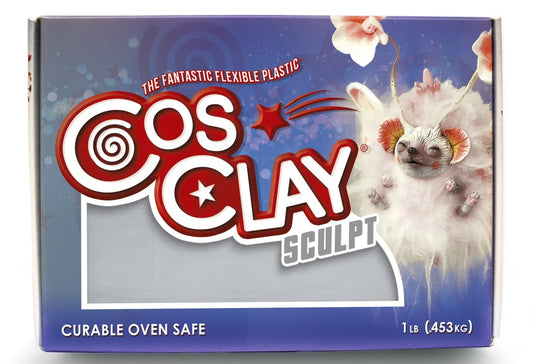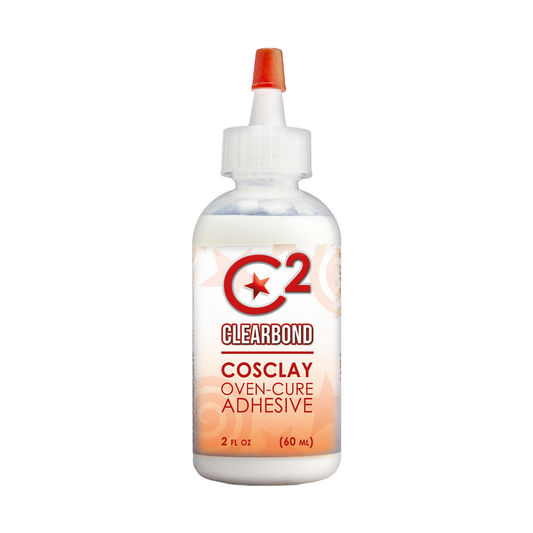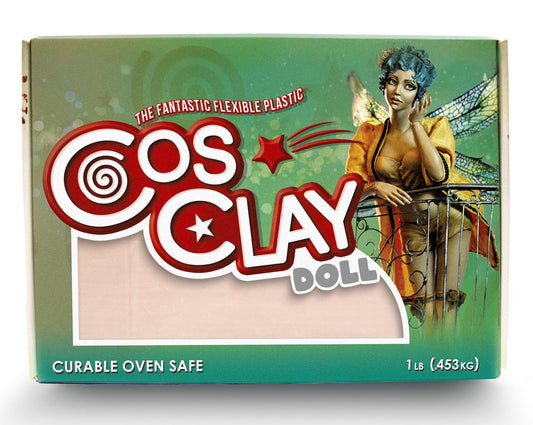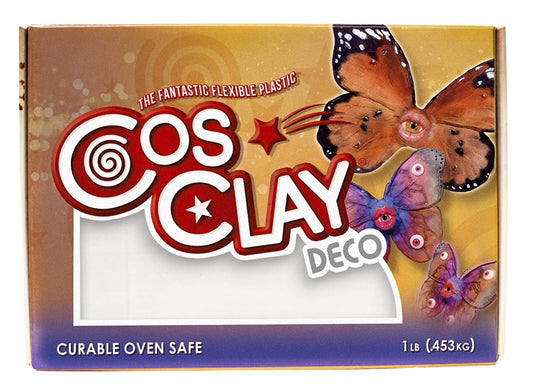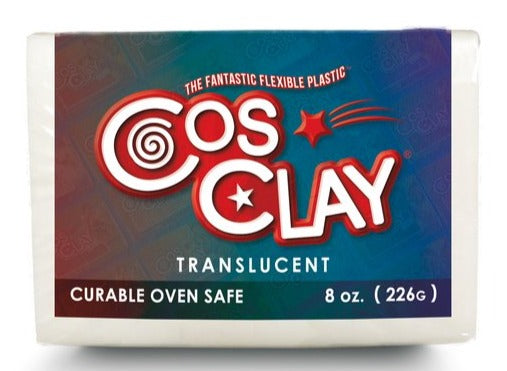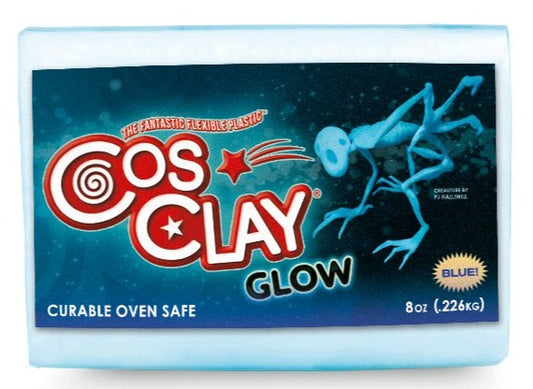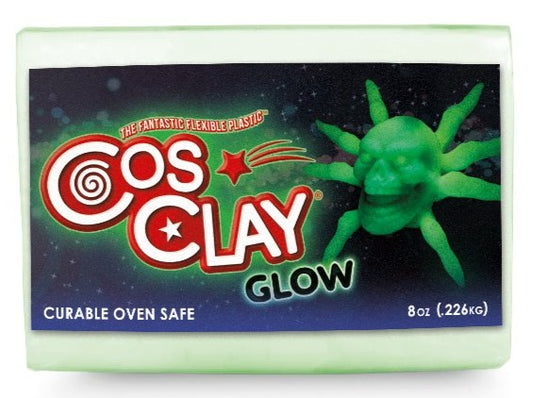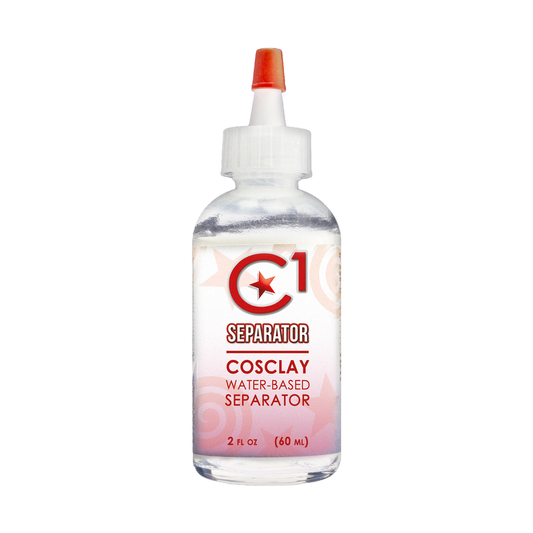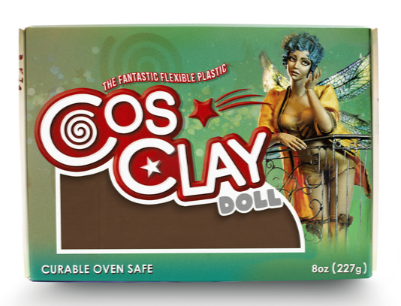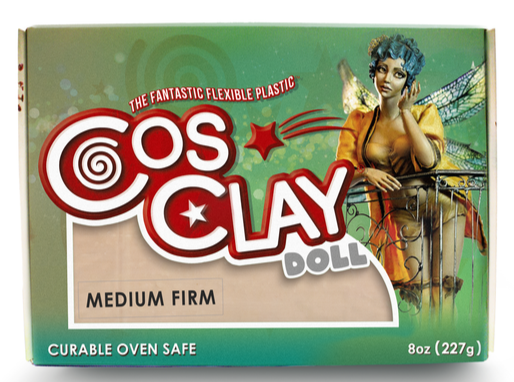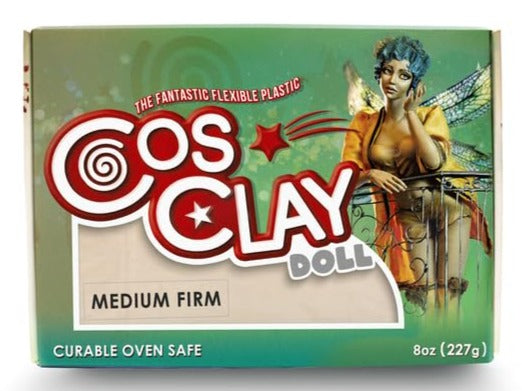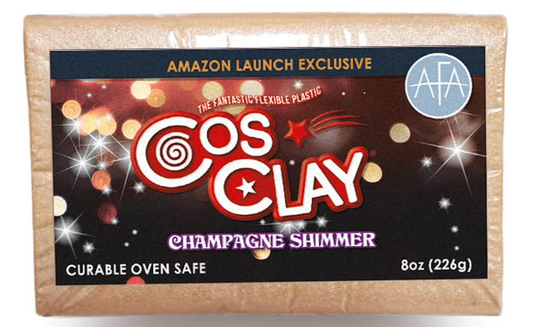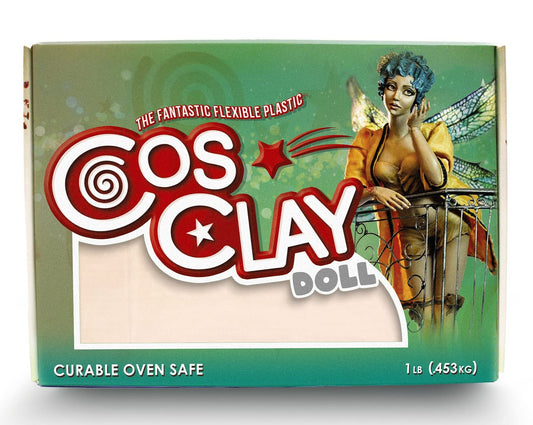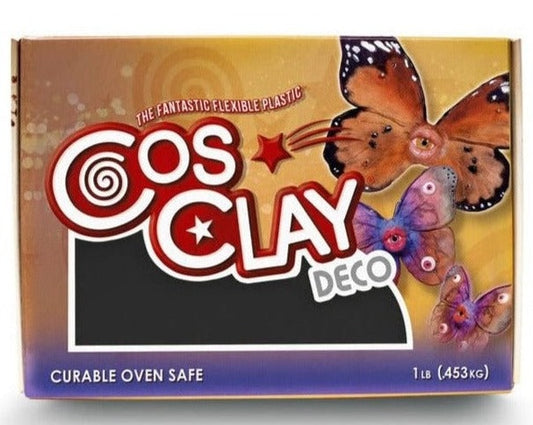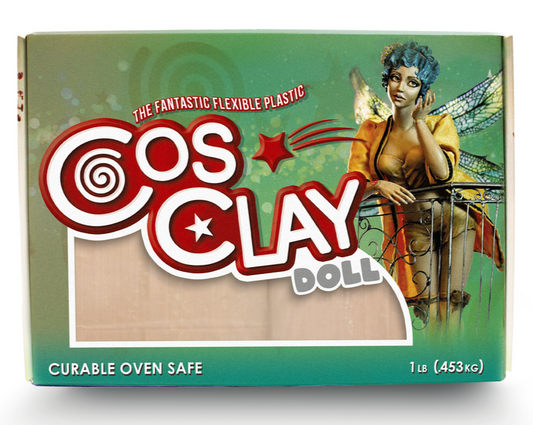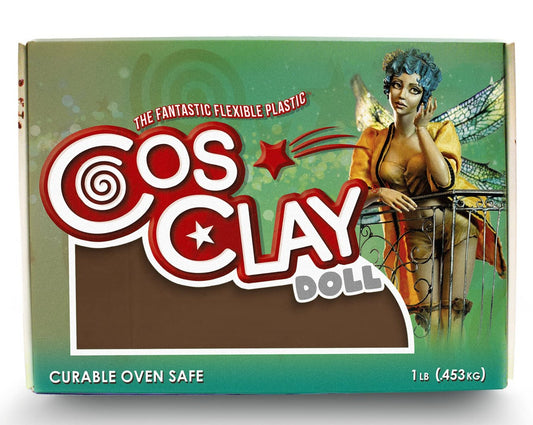vendor-unknown
Chavant NSP (Non Sulphurated Plasteline) Brown - 10lbs (1/4 Case)
Chavant NSP (Non Sulphurated Plasteline) Brown - 10lbs (1/4 Case)
Regular price
$54.99
Regular price
Sale price
$54.99
Unit price
per
Couldn't load pickup availability



In 1993, Chavant introduced NSP (non sulfurated plasteline), a line of clay products formulated to provide an alternative to sulfur based clays which artists complained inhibited rubber mold making materials and, in many cases, just plain smelled bad.
As Chavant’s NSP has a higher percentage of wax components, many have taken to describing it as “tuffer” than its sulfur based equivalents. Consequently, NSP cuts cleaner with fewer ragged edges.
It also comes in three different consistencies: Soft, Medium, and Hard.
In addition to its well earned “tuff” moniker, NSP has also been said to be grabby, especially when compared to sulfur based clays.
NSP clays are some of the most versatile in existence, as they’re used across myriad industries. Their most popular use is by artists for sculpting, but they’re also used to fill cracks in industrial patterns and for the building of dams during the creation of splash molds. Product designers are another popular consumer of NSP clays, as the product possesses superlative adhesive qualities and is highly flexible.
Shelf life for NSP clays is fantastic as long as it’s stored in its original packaging. It’s not uncommon to store NSP for months, and in certain situations years. Do remember, though, that the clay will oxidize at an increased rate if it is repeatedly warmed and cooled. To some, this is a benefit as the oxidation of the clay makes for a harder surface, making it easier to handle and, often times, better for the making of molds.
NSP Brown is the same color across all three consistencies: Soft, Medium, and Hard. The gray-green color, on the other hand, varies.
Chavant’s NSP is often melted, especially by sculptors, and it works just fine under these circumstances. Hot plates and crock pots tend to be the most popular methods. Do note, however, that the clay becomes sticky when melted, and can be smoothed out again by using water, lighter fluid, and even turpentine.
NSP’s melting point is 175 F. Once melted, the clay can be poured, brushed, or sprayed.
Of the three consistencies, NSP Soft is the one that gets used at room temperature the most. At this temperature, it can easily be modeled. NSP Medium and NSP Hard, however, benefit from a temperature bump to anywhere from 110 F – 120 F. At these temperatures, the clay is easier to model, and sets up nicely afterward. Notably, NSP Hard can be used at room temperature as well, though it is frequently tooled in these situations.
Important: Do your best to keep your sculpture out of direct sunlight, and to wrap it in either plastic bags or saran wrap, as prolonged exposure to both sun and air only serves to expedite the oxidation process.
All clay products are available by the case.
As Chavant’s NSP has a higher percentage of wax components, many have taken to describing it as “tuffer” than its sulfur based equivalents. Consequently, NSP cuts cleaner with fewer ragged edges.
It also comes in three different consistencies: Soft, Medium, and Hard.
In addition to its well earned “tuff” moniker, NSP has also been said to be grabby, especially when compared to sulfur based clays.
NSP clays are some of the most versatile in existence, as they’re used across myriad industries. Their most popular use is by artists for sculpting, but they’re also used to fill cracks in industrial patterns and for the building of dams during the creation of splash molds. Product designers are another popular consumer of NSP clays, as the product possesses superlative adhesive qualities and is highly flexible.
Shelf life for NSP clays is fantastic as long as it’s stored in its original packaging. It’s not uncommon to store NSP for months, and in certain situations years. Do remember, though, that the clay will oxidize at an increased rate if it is repeatedly warmed and cooled. To some, this is a benefit as the oxidation of the clay makes for a harder surface, making it easier to handle and, often times, better for the making of molds.
NSP Brown is the same color across all three consistencies: Soft, Medium, and Hard. The gray-green color, on the other hand, varies.
Chavant’s NSP is often melted, especially by sculptors, and it works just fine under these circumstances. Hot plates and crock pots tend to be the most popular methods. Do note, however, that the clay becomes sticky when melted, and can be smoothed out again by using water, lighter fluid, and even turpentine.
NSP’s melting point is 175 F. Once melted, the clay can be poured, brushed, or sprayed.
Of the three consistencies, NSP Soft is the one that gets used at room temperature the most. At this temperature, it can easily be modeled. NSP Medium and NSP Hard, however, benefit from a temperature bump to anywhere from 110 F – 120 F. At these temperatures, the clay is easier to model, and sets up nicely afterward. Notably, NSP Hard can be used at room temperature as well, though it is frequently tooled in these situations.
Important: Do your best to keep your sculpture out of direct sunlight, and to wrap it in either plastic bags or saran wrap, as prolonged exposure to both sun and air only serves to expedite the oxidation process.
All clay products are available by the case.





